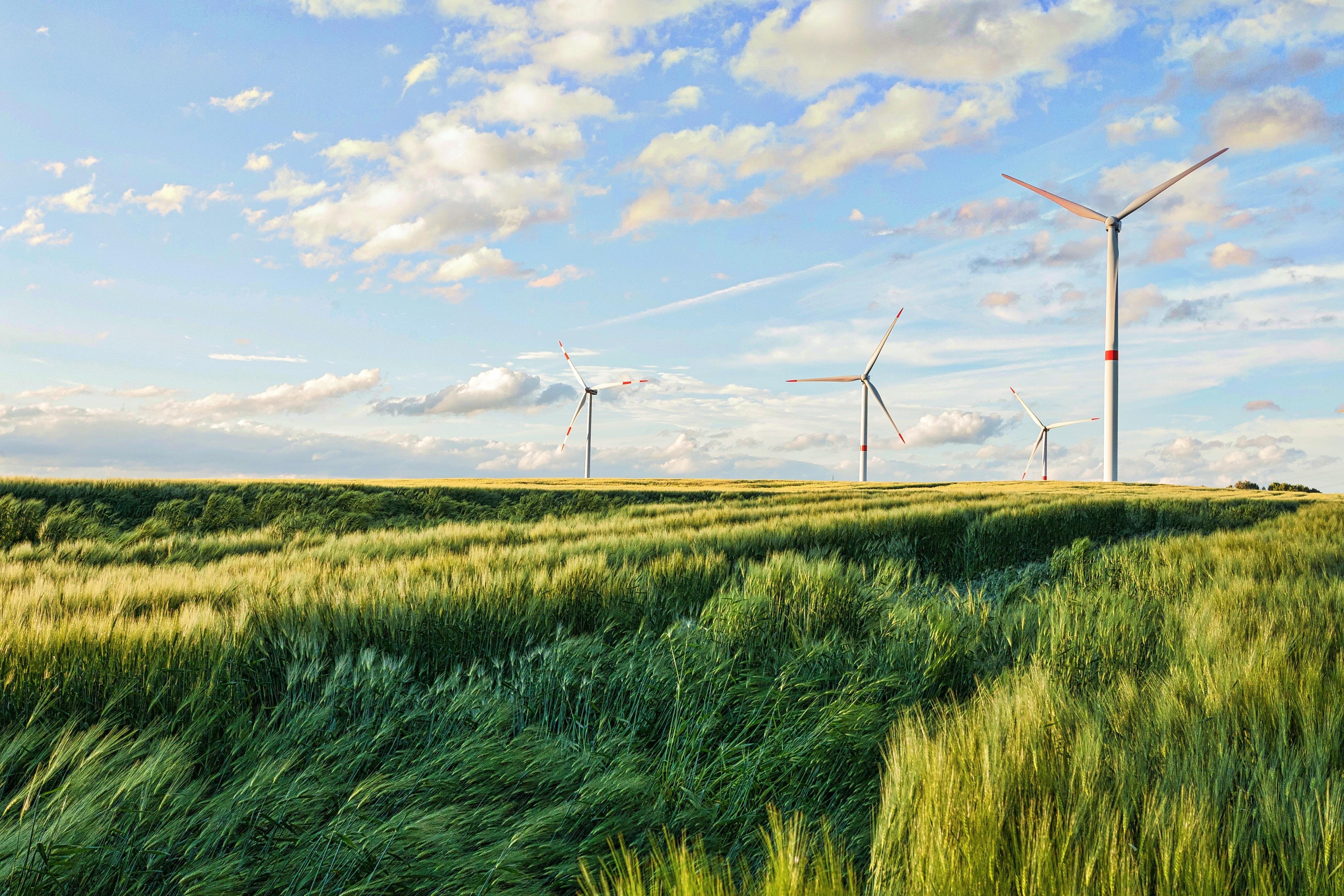KEV 2023: energy conservation requires additional effort; share of renewable energy rises sharply
The Netherlands is not yet on track to meet all European energy conservation targets tightened earlier this year by 2030. At the same time, the plans in the Spring Memorandum on Climate increase the share of renewable energy in final energy consumption considerably. This puts the also tightened target for renewable energy in sight. This is evident from the second part of the Climate and Energy Outlook (KEV) 2023 on energy saving and renewable energy. On Prinsjesdag, the first part of the KEV showed that the Dutch target for greenhouse gas emissions is in sight for the first time.
This article previously appeared at: www.tno.nl. Image: stock photo.
Old goal final energy consumption met; new goal only if all goes well
The Dutch end-use energy consumption target was tightened earlier this year by a revision of the European Energy Conservation Directive (EED) from a maximum of 1837 to a maximum of 1609 petajoules. The new target is just within the estimated range of 1566 to 1818 petajoules; everything should be in place to meet the target by 2030.
The new target calls for a 15 percent reduction from energy consumption in 2021. The plans in the Spring Climate Paper reduce final energy consumption by 115 petajoules by 2030. This is due to more electric vehicles and Pay by Use (about 60 petajoules), tailor-made agreements with industry (about 35 petajoules) and heat pumps, energy saving obligations and phasing out rental housing with poor energy labels (about 20 petajoules).
Tightened primary energy consumption target still out of reach
The target for primary energy consumption has been tightened to 1935 petajoules by 2030: a 24 percent reduction from 2021. Primary energy consumption counts final energy consumption at end consumers as well as conversion losses (especially as heat) in the energy sector. The target is outside the estimated range of 1951 to 2323 petajoules the KEV 2023 estimate.
The plans in the Spring Climate Paper, while contributing to additional savings at end consumers, do not further reduce conversion losses in the power sector. Electricity demand is growing faster due to electrolysis for green hydrogen and electrification in industry and mobility than the growth of solar and wind power can keep up with. That requires more gas consumption for electricity generation.
Climate plans that have not yet been calculated, such as CO2 capture and storage at waste incinerators and negative emissions at power plants also cost additional energy and thus create even higher primary energy consumption.
Very higher energy savings between 2021 and 2030 due to national policy
There is also a European target for the rate at which energy consumption is reduced by national energy-saving policies. This target from the Energy Savings Directive (EED) was also tightened partly in response to the Russian invasion of Ukraine. The target can be expressed as the total energy savings between 2021 and 2030. This binding target for the Netherlands has been tightened from 924 petajoules to 1285 petajoules.
The total energy saving in this period is one and a half times larger in this year's estimate than in last year's estimate, thanks to the plans from the Spring Package for which an impact estimate could be made. Thus, in the 2023 KEV, the new target of 1285 petajoules is within reach; it is halfway across the estimated range of 1168 to 1415 petajoules.
Freshly higher share of renewable energy, but target rises even harder
With the new plans, the share of renewable energy in the Netherlands in the 2023 KEV will be between 32 and 42 percent. This is considerably (4 to 8 percentage points) more than last year's estimate. This is mainly due to the additional use of biofuels in mobility, more solar panels and lower final consumption.
The Dutch renewable energy target, however, is rising even more sharply: by 11 percentage points from 27 percent to probably 38 percent according to the revision of the Renewable Energy Directive (RED III). The new Dutch target of 38 percent renewable energy is expected to follow from the target set at 42.5 percent (and preferably 45 percent) for Europe as a whole in September 2023.
Sector renewable energy targets not yet in sight
The same revision of the Renewable Energy Directive (RED III) also introduces and tightens sub-targets for renewable energy use in the industrial, mobility, built environment and heat sectors. This should promote the use of renewable energy in sectors where it is still struggling. To achieve these sub-targets, much remains to be done in the coming years.
This year a slightly different KEV
.The KEV 2023 broadly updates the estimates from the KEV 2022 and presents one new estimate for greenhouse gas emissions, energy savings and renewable energy for 2030. This includes climate policy changes with a substantial effect in 2030. This includes both concrete implemented policies (enacted and planned) and plans not yet fully implemented (agendized policies).
In other years, an estimate with only concrete elaborated policies was the core of the KEV; an impact estimate of less elaborated (agenda-driven) policies was added separately.
The KEV as a monitoring and accountability tool
.The annual Climate and Energy Outlook, based on the Climate Act, is one of the accountability instruments of Dutch climate and energy policy. The KEV also monitors progress. The KEV is prepared by the Netherlands Environmental Assessment Agency (PBL) in close cooperation with TNO, CBS and RIVM, and with contributions from RVO and WUR.
